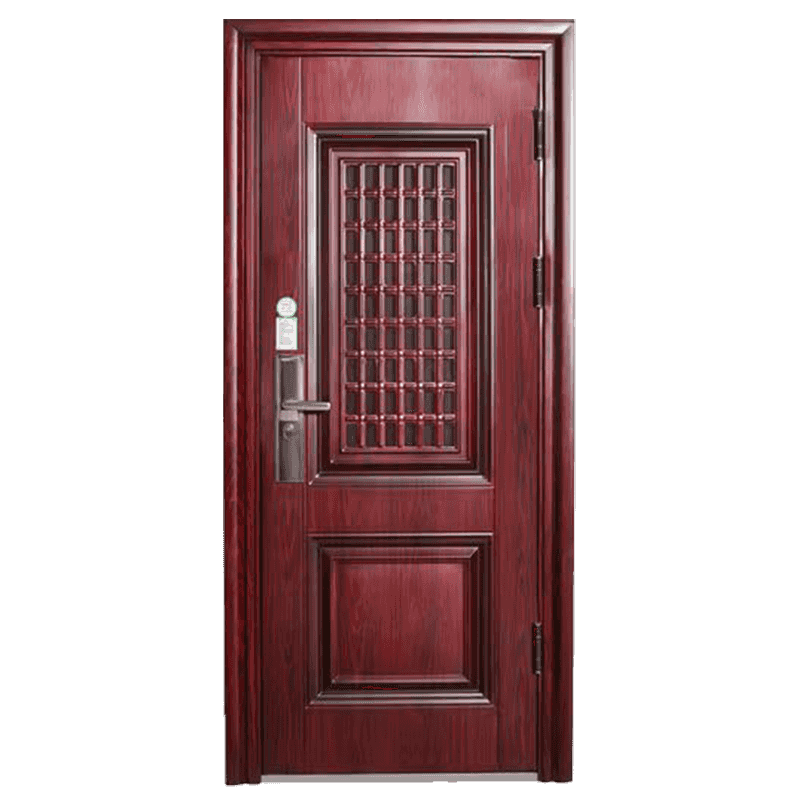The Integral Role of Fire Resistant Windows in Enhancing Building Fire Safety
Jul 19, 2024
Sale Custom Fire Resistant Window Manufacturing Wholesaler
Fire safety is an important concern in the construction and maintenance of buildings. Among the various elements that contribute to a building's fire safety,the Fire Resistant Window stands out as a critical component. These specialized windows are designed to provide a barrier against the spread of fire, thereby protecting the occupants and the structure itself. The role of Fire Resistant Windows in a building's fire safety is multifaceted, involving aspects such as material composition, design features, and integration with the overall fire safety system.
The primary function of Fire Resistant Windows is to prevent the spread of fire from one part of a building to another. This is achieved through the use of materials that can withstand high temperatures without losing their structural integrity. Glass, for instance, is a common material used in Fire Resistant Windows, but it must be specially treated or laminated to maintain its fire-resistant properties. The glass used in these windows is often tempered or wired, which allows it to remain intact even when subjected to intense heat.
The design of Fire Resistant Windows is another crucial factor that influences their performance. The frames of these windows are typically made from materials such as steel or aluminum, which have high melting points. However, the design must also ensure that the windows can close tightly to prevent smoke and flames from entering the building. This often involves the use of specialized seals and gaskets that can withstand high temperatures.
In addition to their material and design, Fire Resistant Windows must also be integrated into the building's overall fire safety system. This includes the use of smoke detectors and fire alarms that can alert occupants to the presence of fire. The windows should also be designed to be easily opened or broken in case of an emergency, allowing occupants to escape if necessary.
The installation of Fire Resistant Windows is another critical aspect of their effectiveness. Proper installation ensures that the windows are securely in place and can withstand the forces of a fire. This includes ensuring that the windows are correctly aligned and that all seals and gaskets are properly fitted.
Regular maintenance and inspection of Fire Resistant Windows are also essential to ensure their continued effectiveness. Over time, the materials used in these windows can degrade, reducing their ability to resist fire. Regular inspections can identify any signs of wear and tear and allow for repairs or replacements to be made as needed.
The regulatory requirements for Fire Resistant Windows also play a significant role in their use and effectiveness. Building codes and standards often specify the requirements for fire resistance, including the types of materials that can be used and the testing procedures that must be followed. Compliance with these regulations is essential to ensure that Fire Resistant Windows provides the necessary level of protection.
In conclusion, the role of Fire Resistant Windows in a building's fire safety is complex and multifaceted. From the selection of materials to the design features, installation, and maintenance, every aspect of these windows contributes to their ability to prevent the spread of fire. By understanding and addressing these factors, architects, builders, and building owners can ensure that their Fire Resistant Windows provide a high level of protection.

 English
English 中文简体
中文简体 Français
Français Español
Español عربى
عربى





